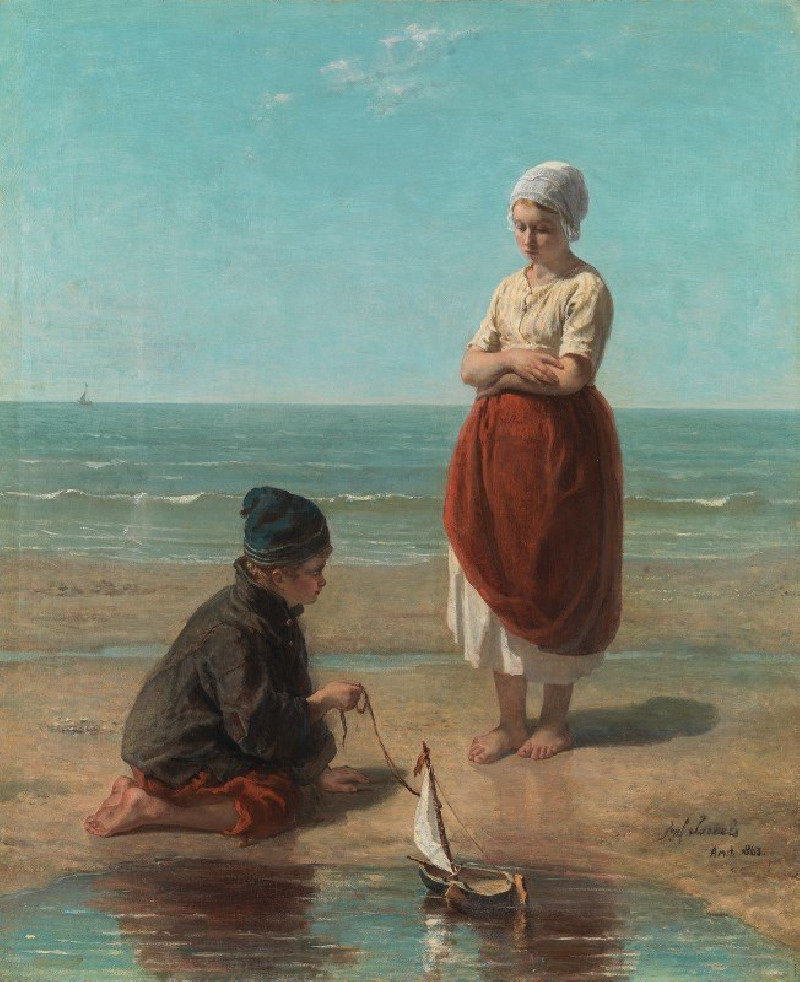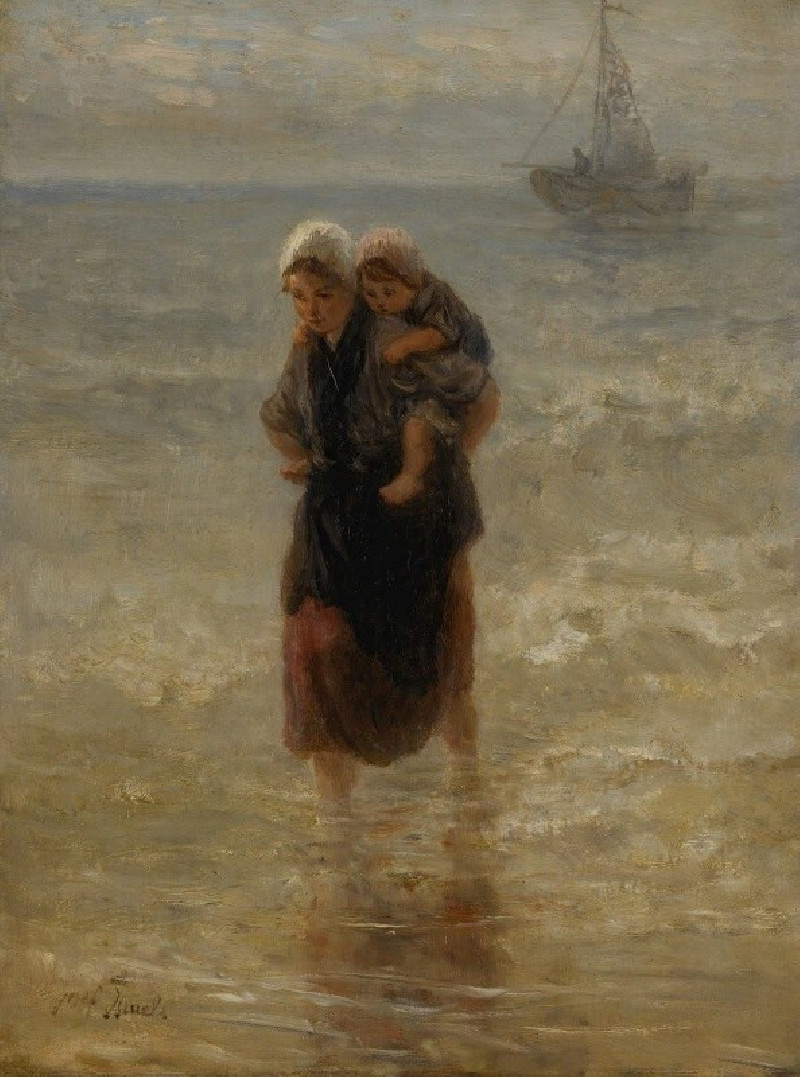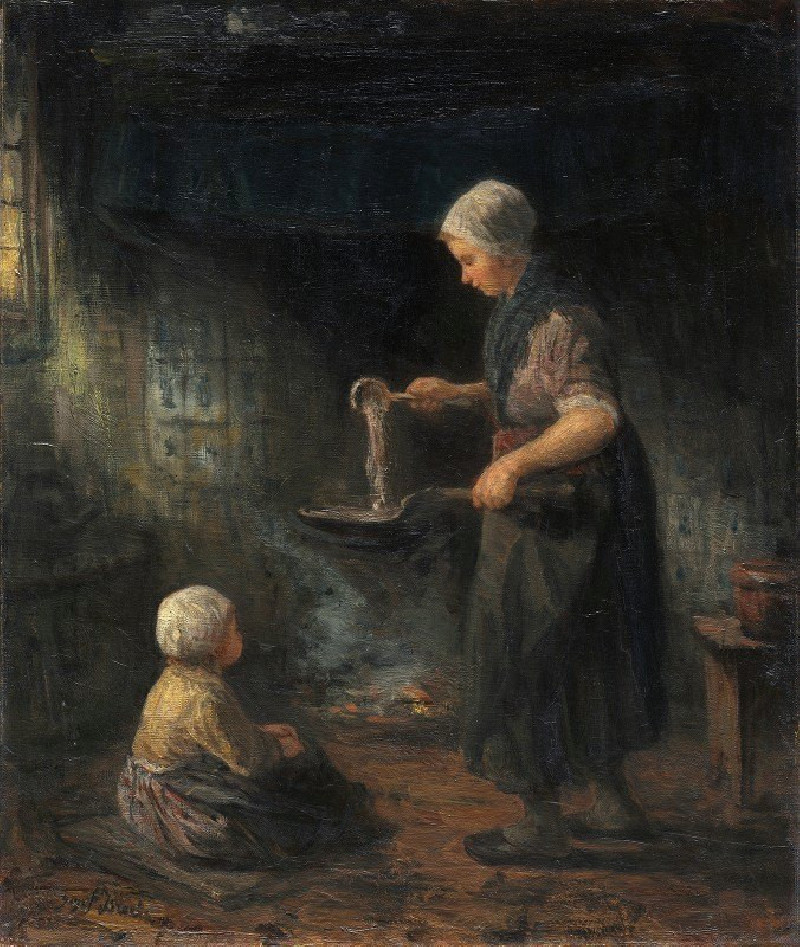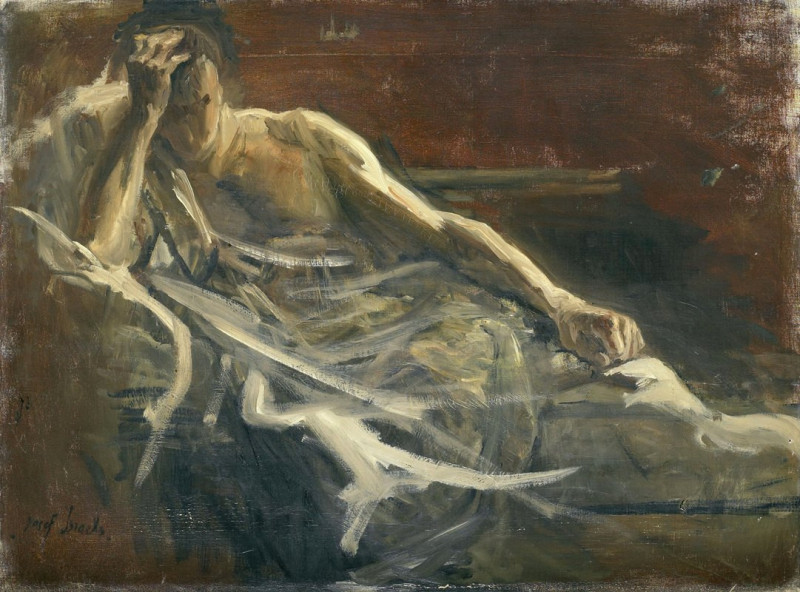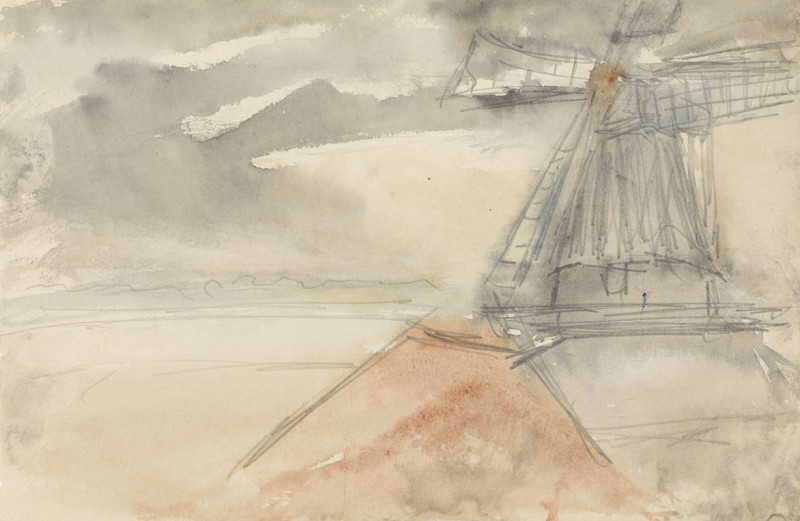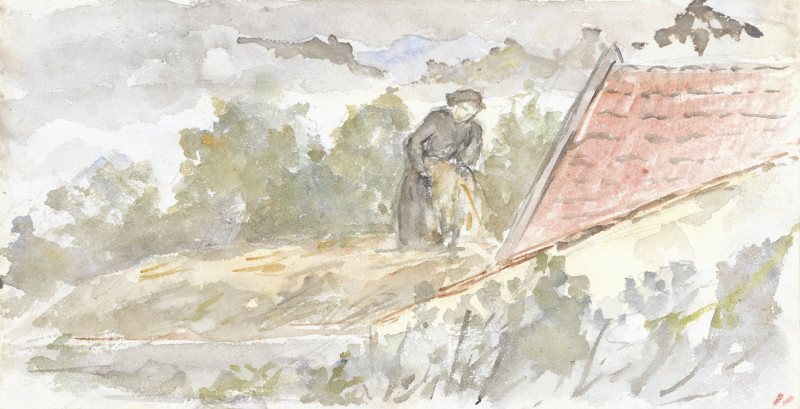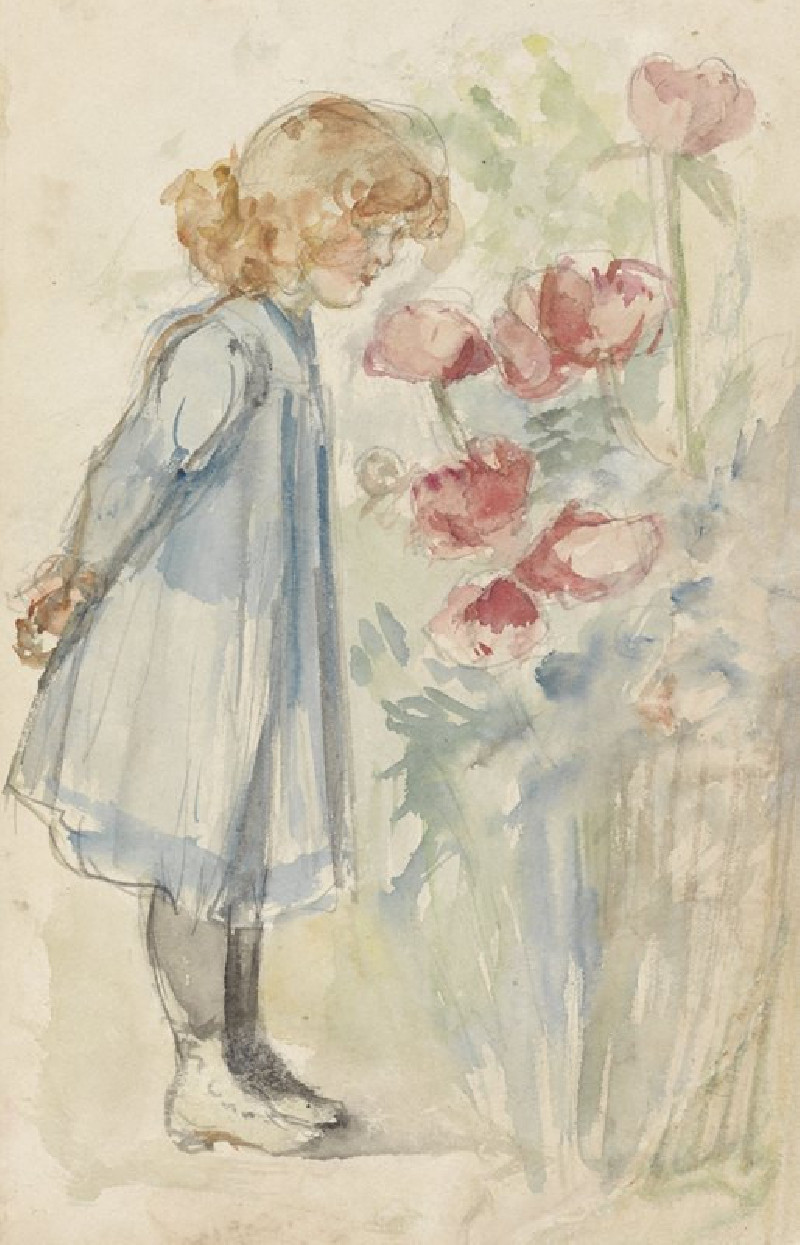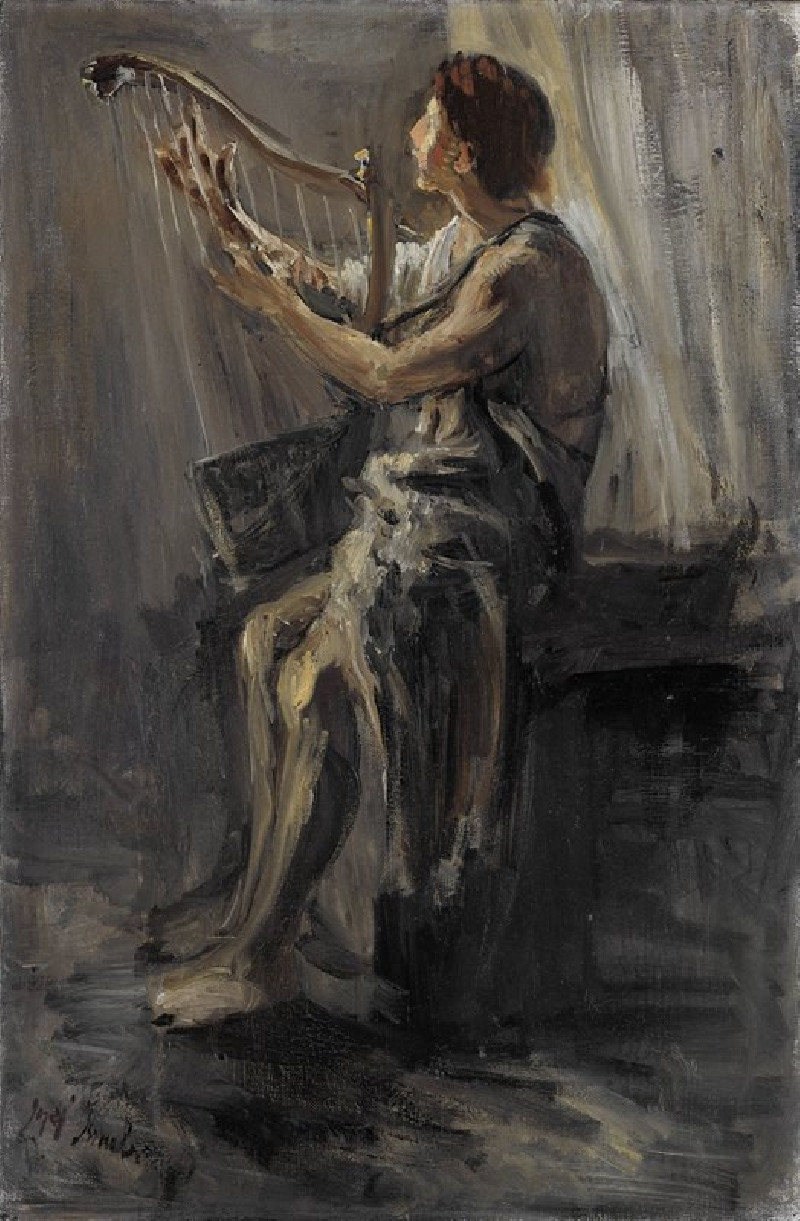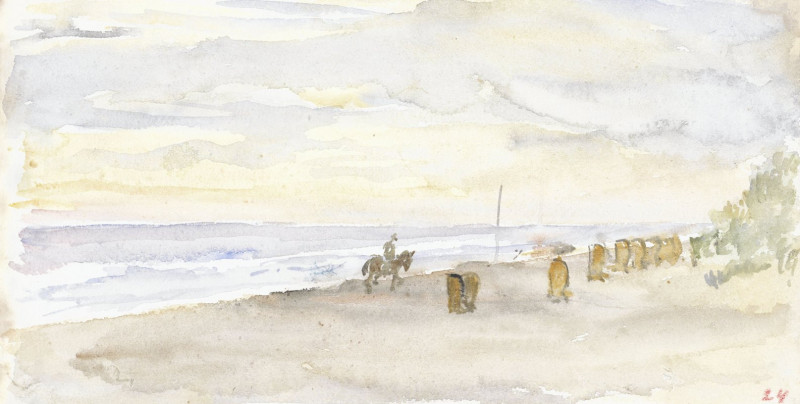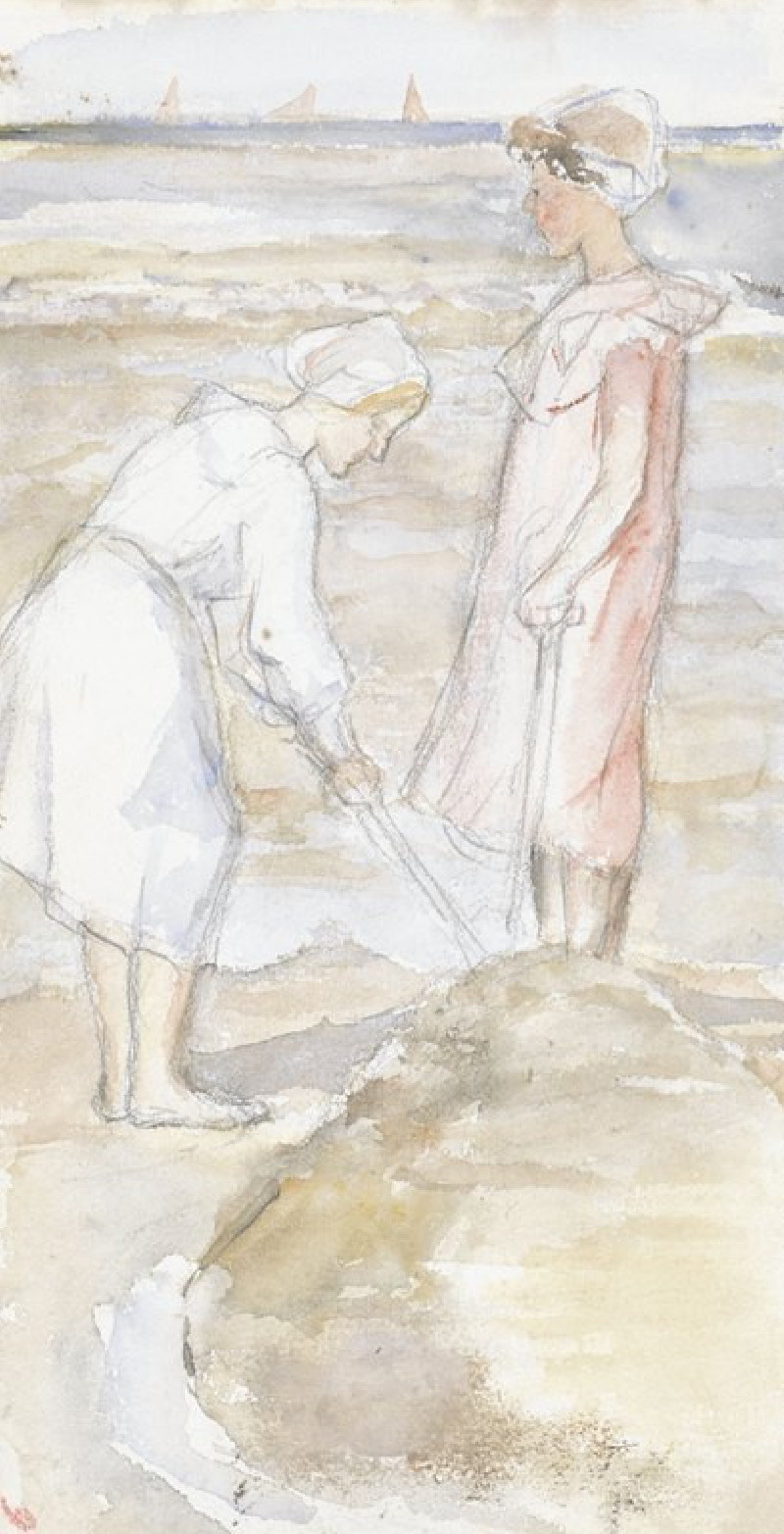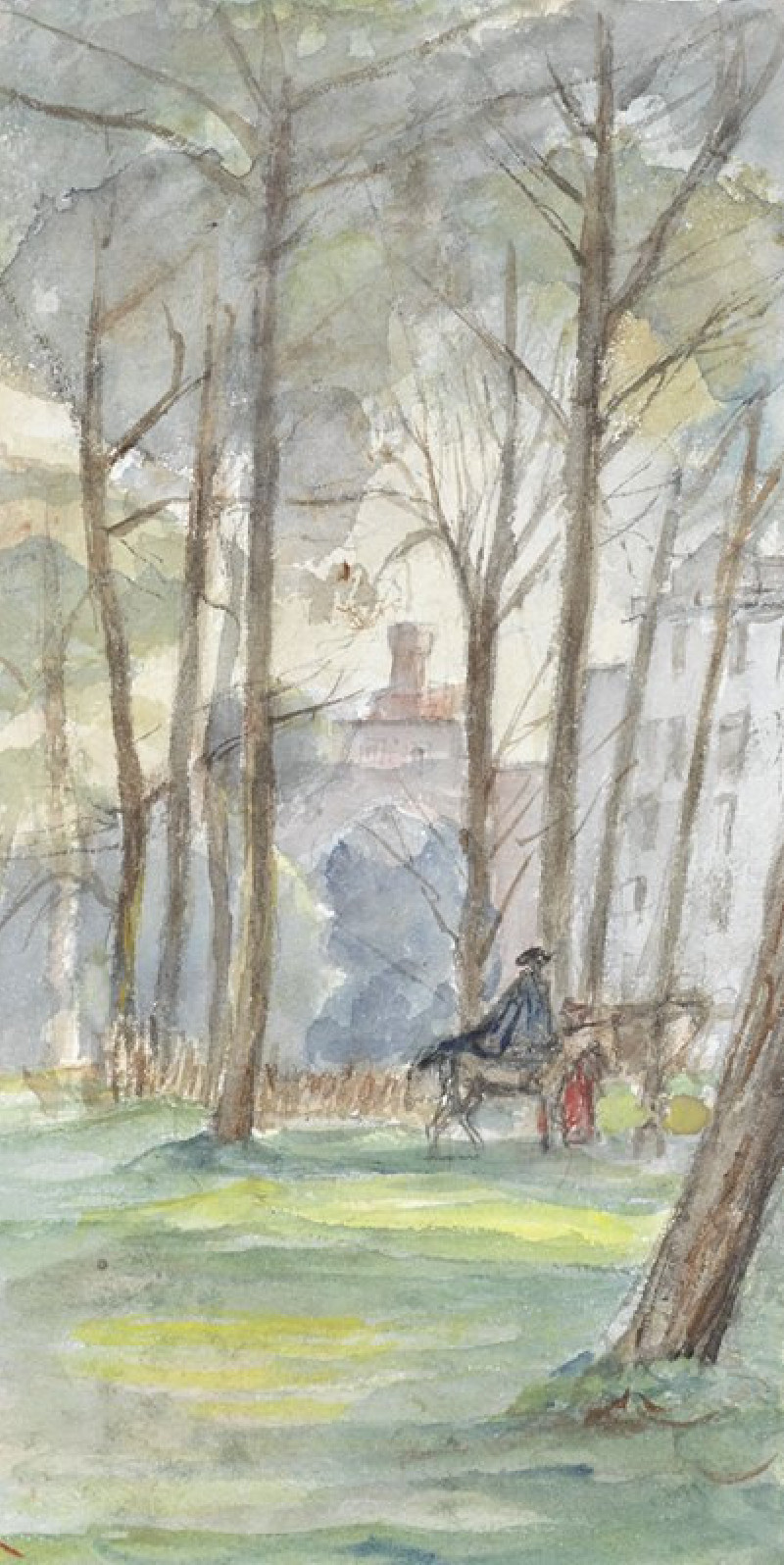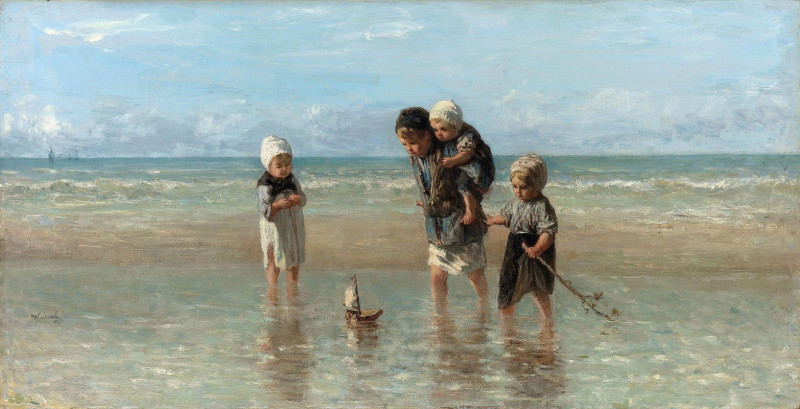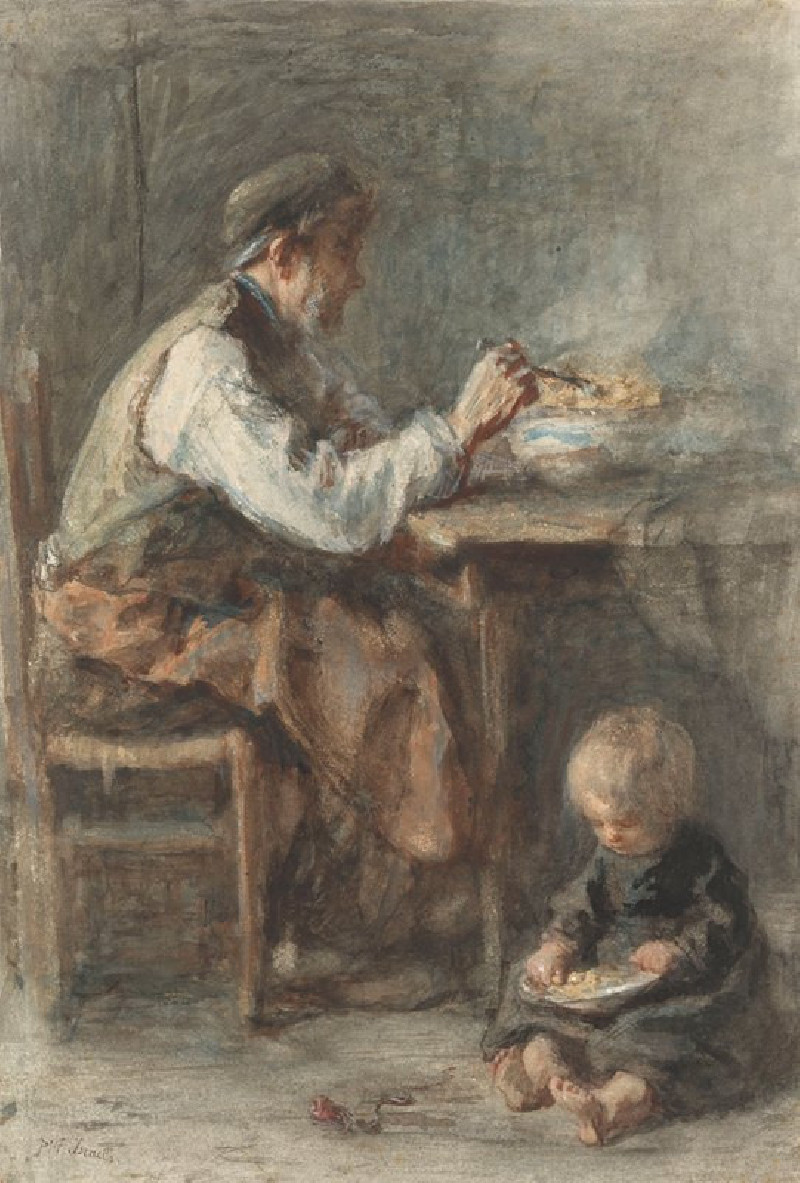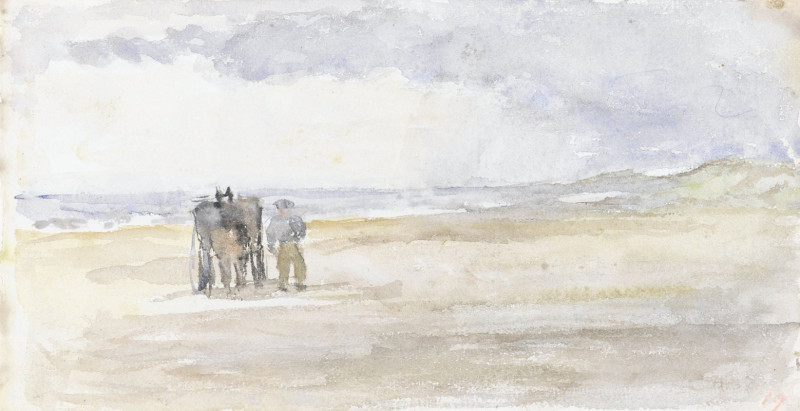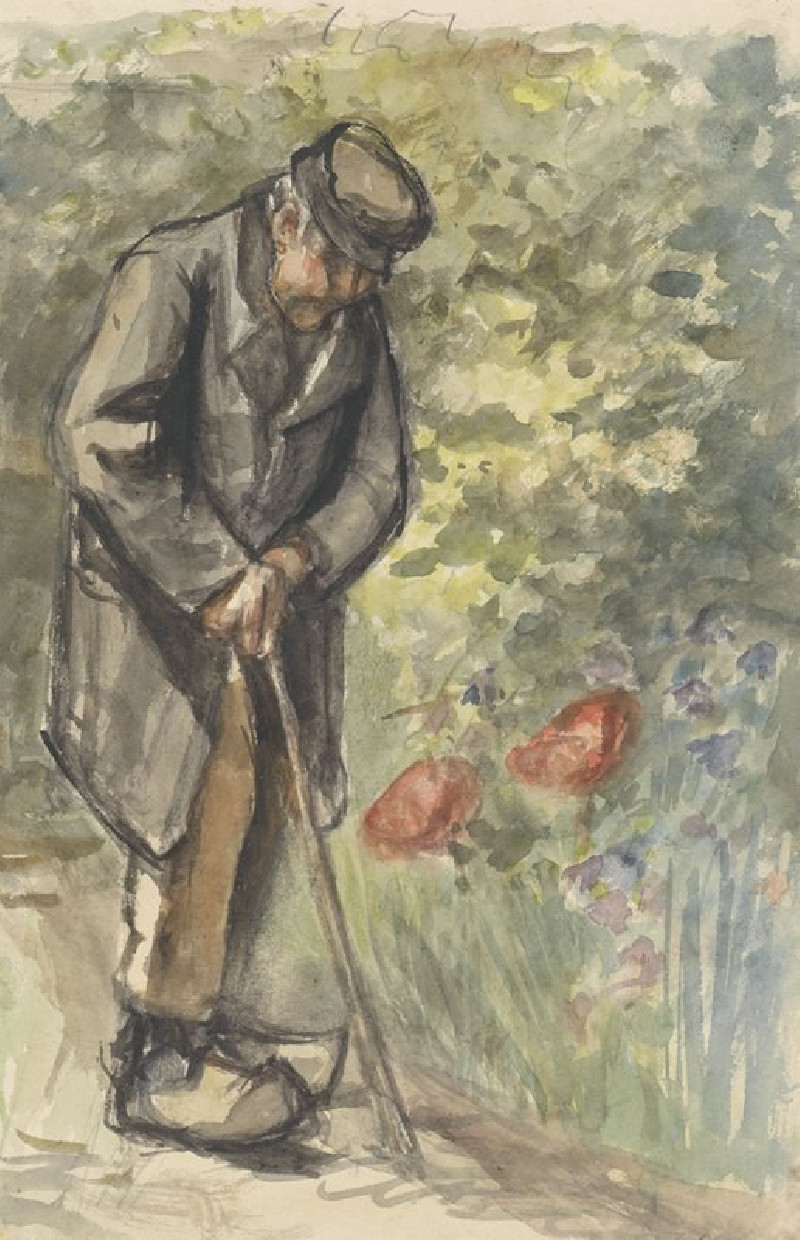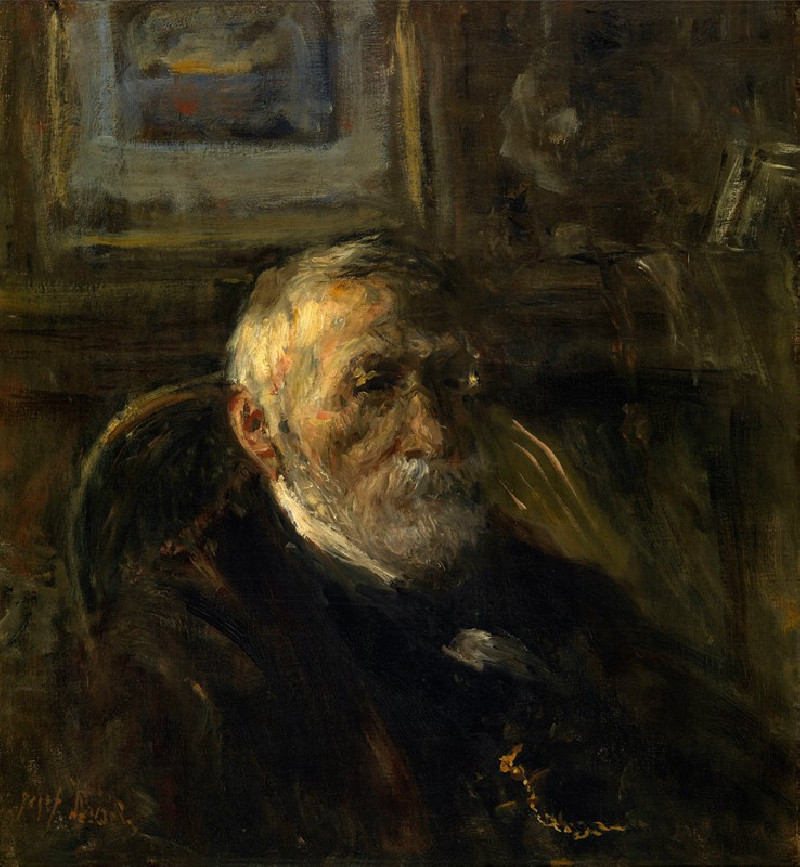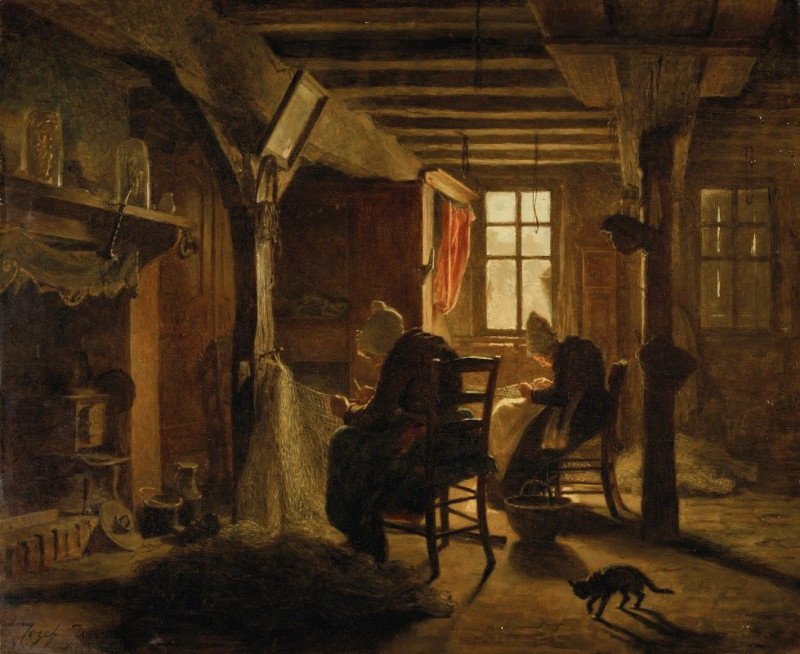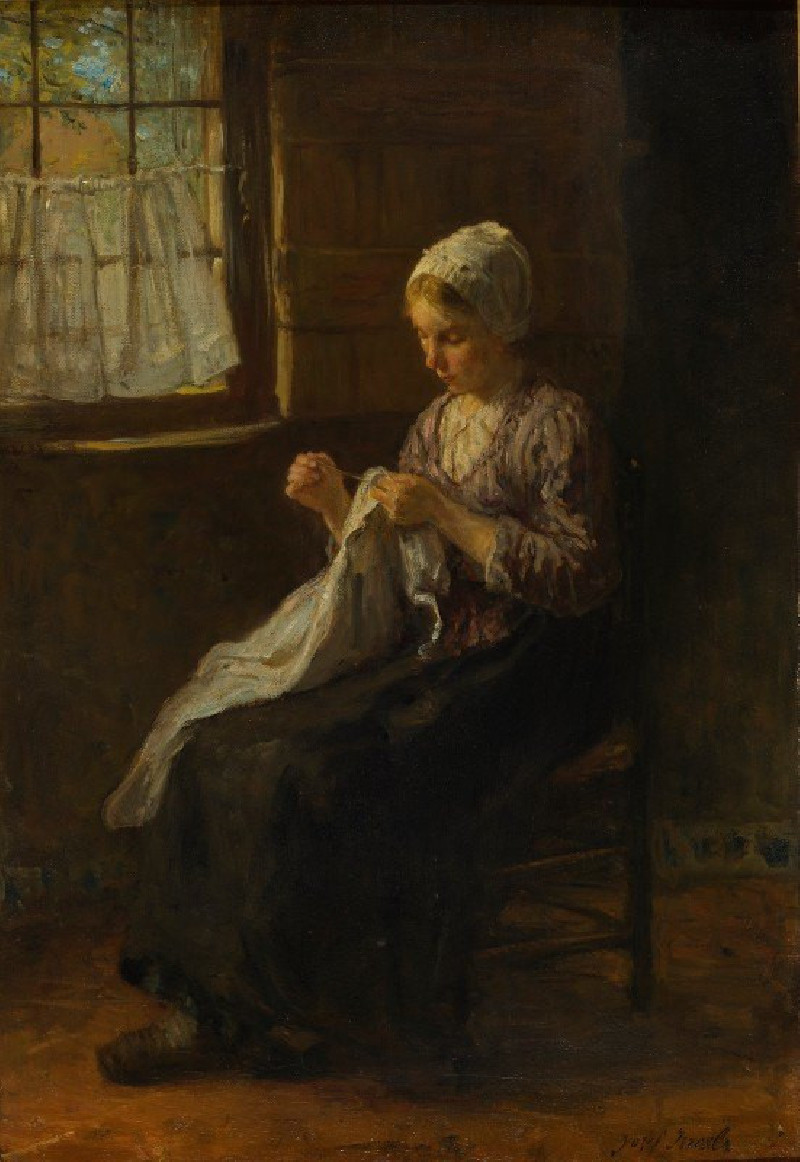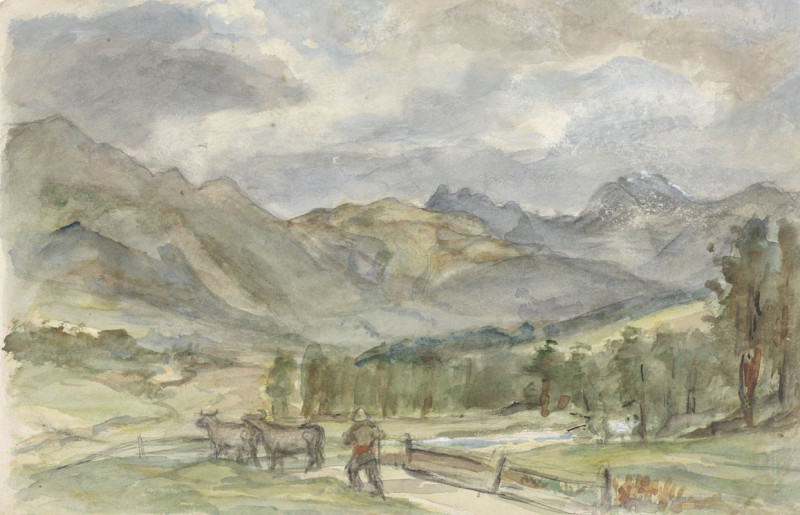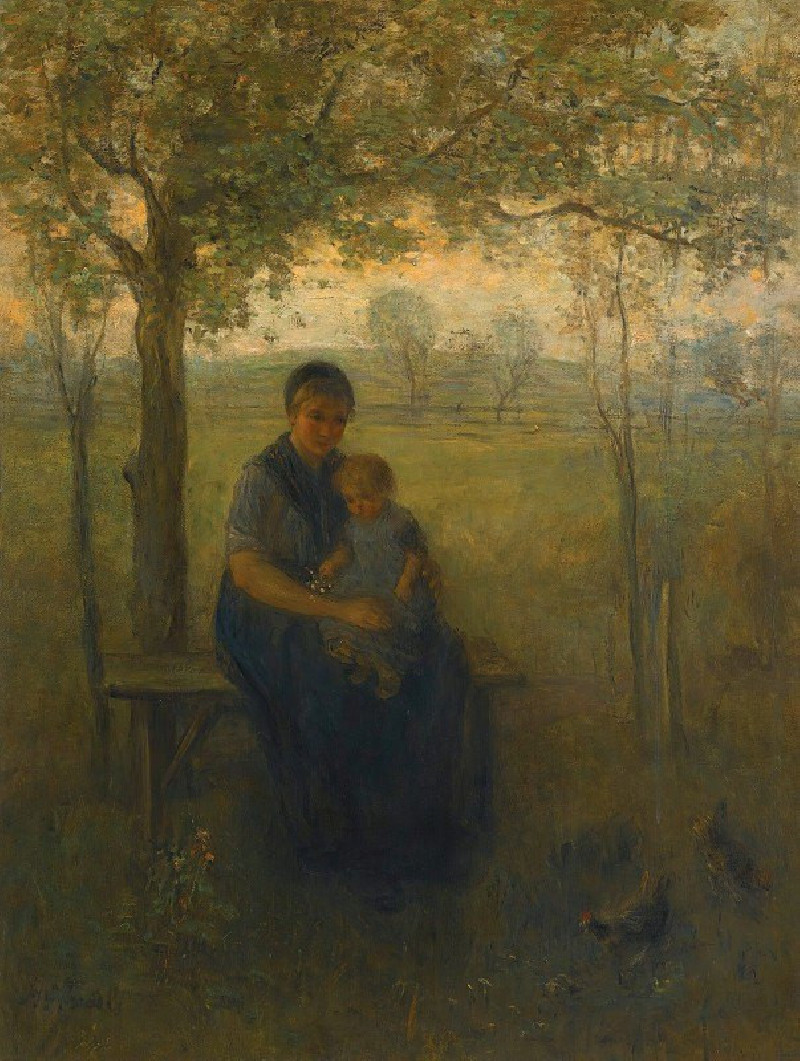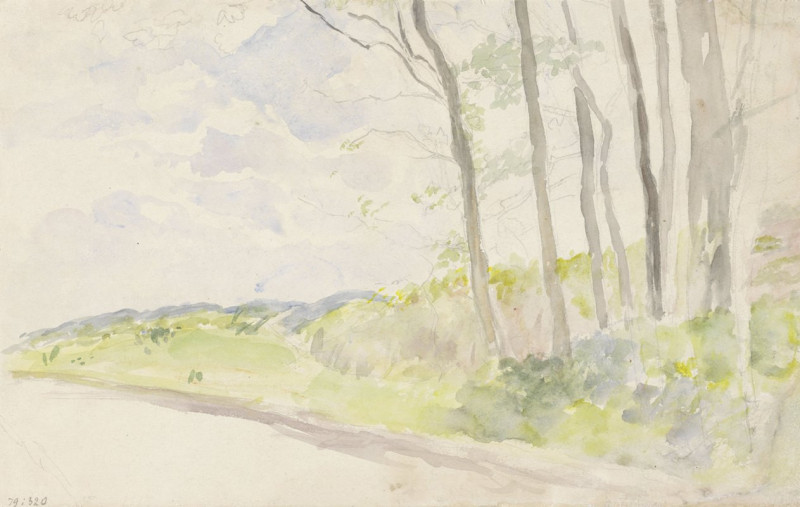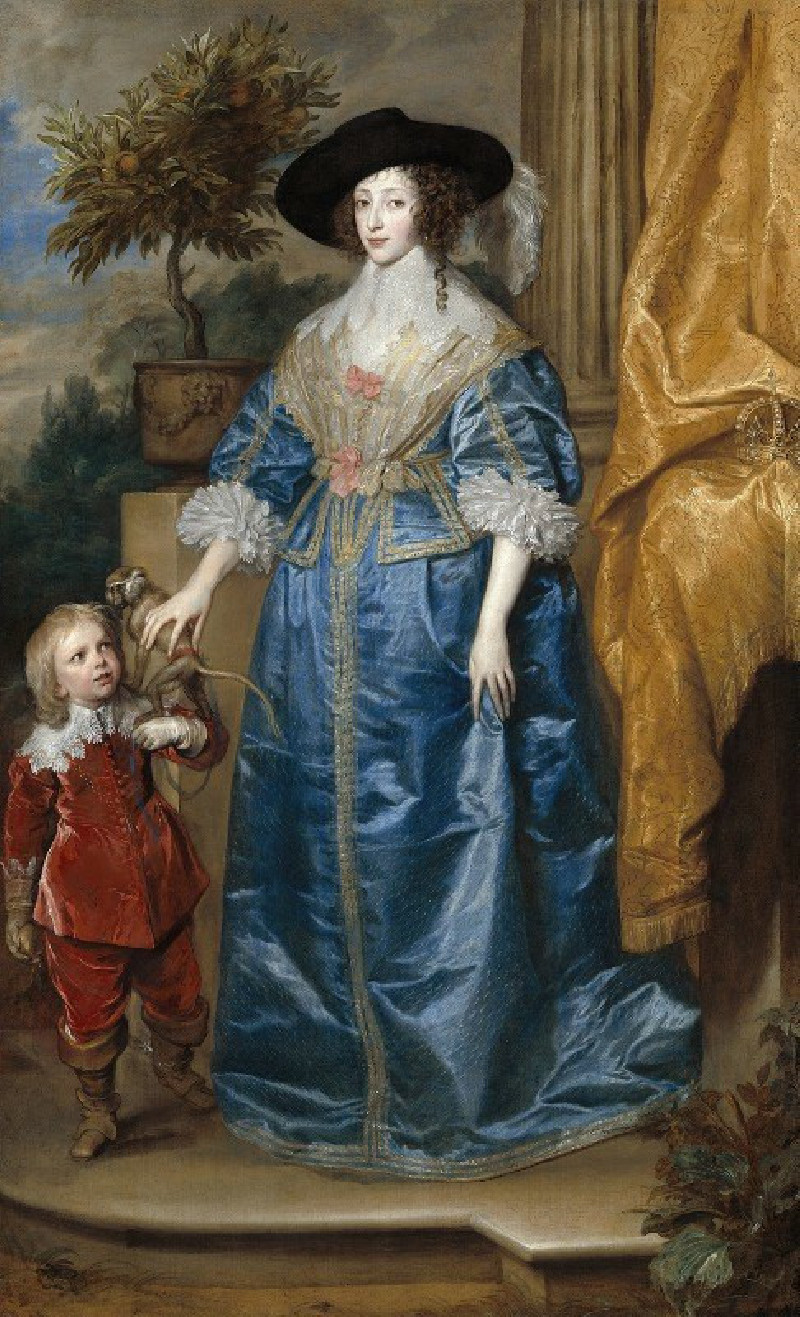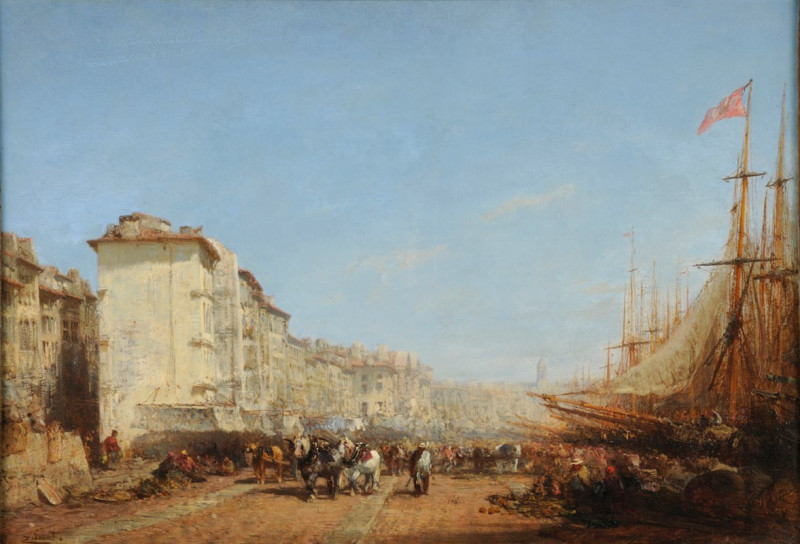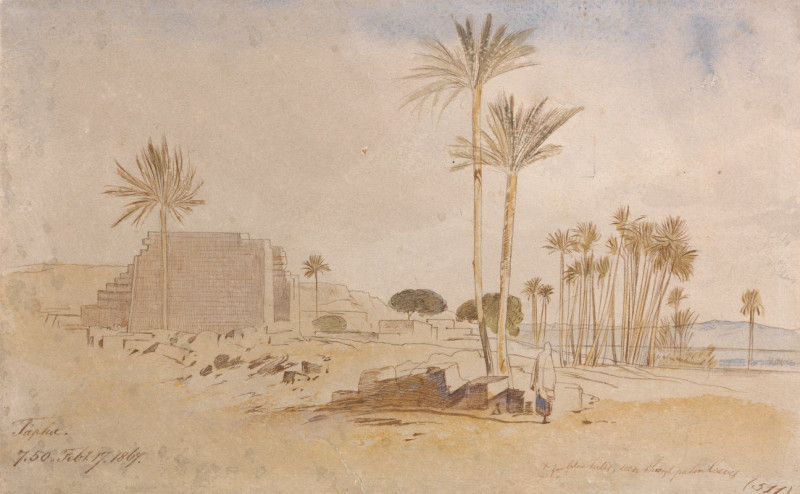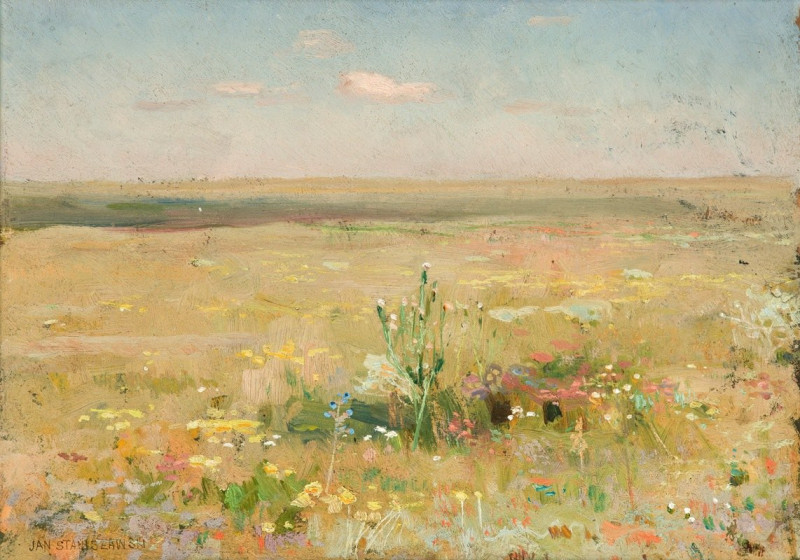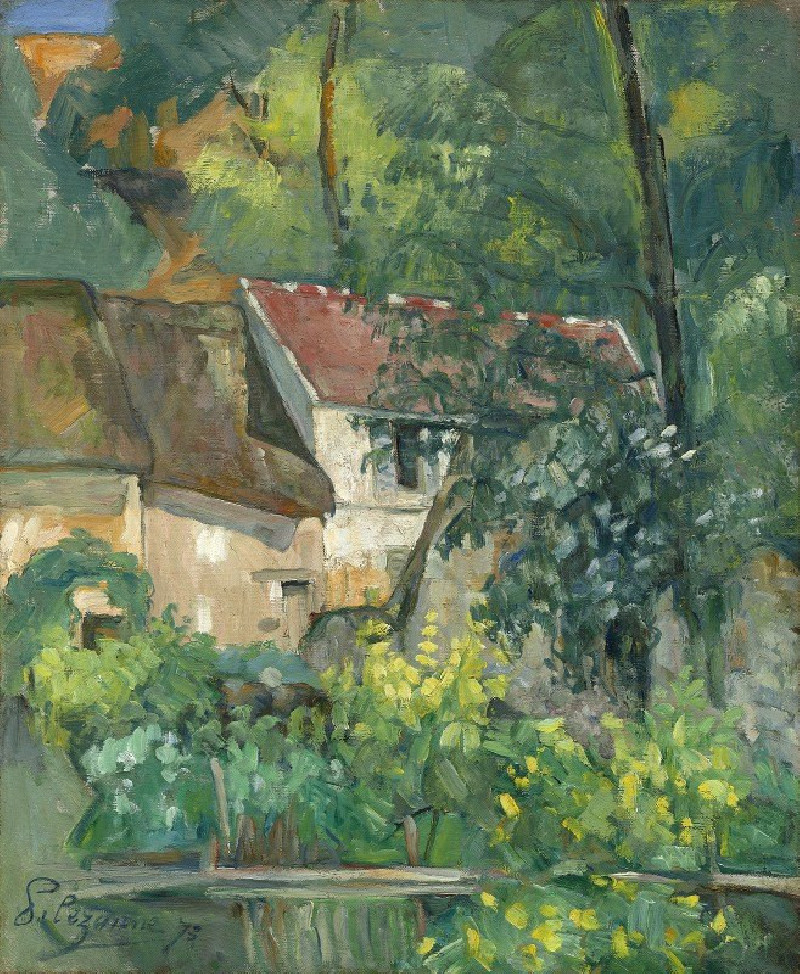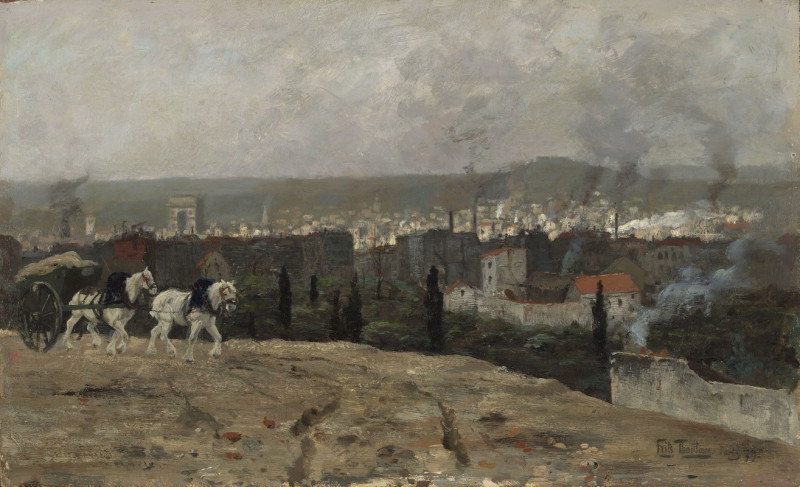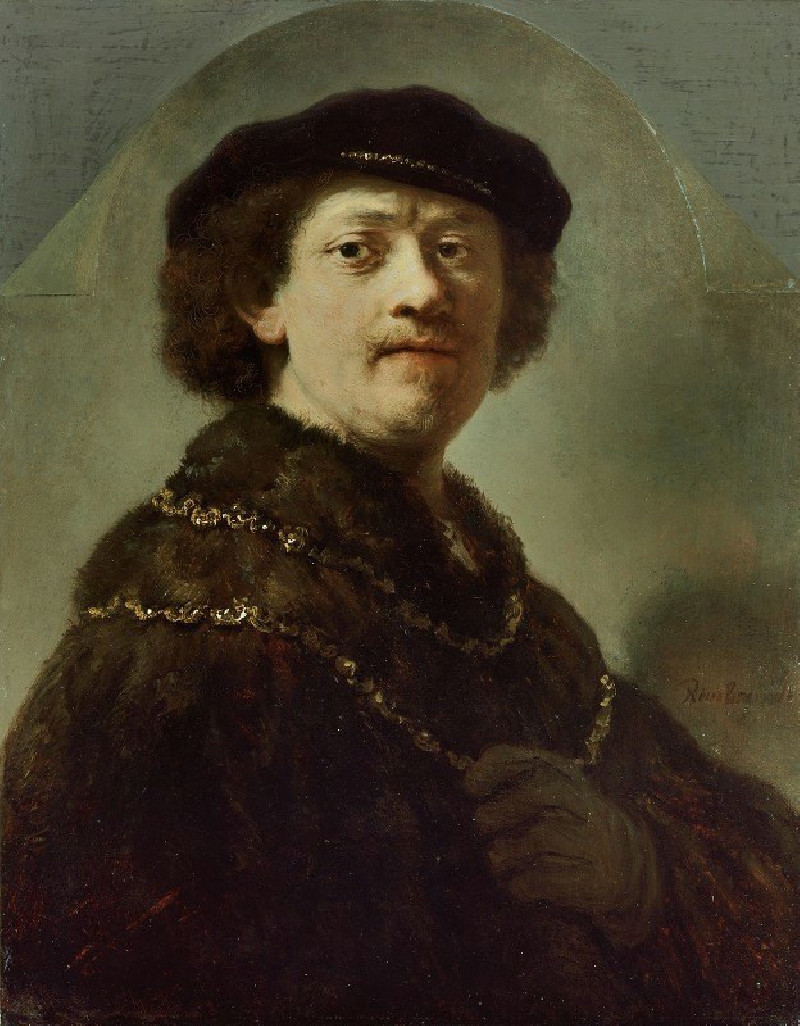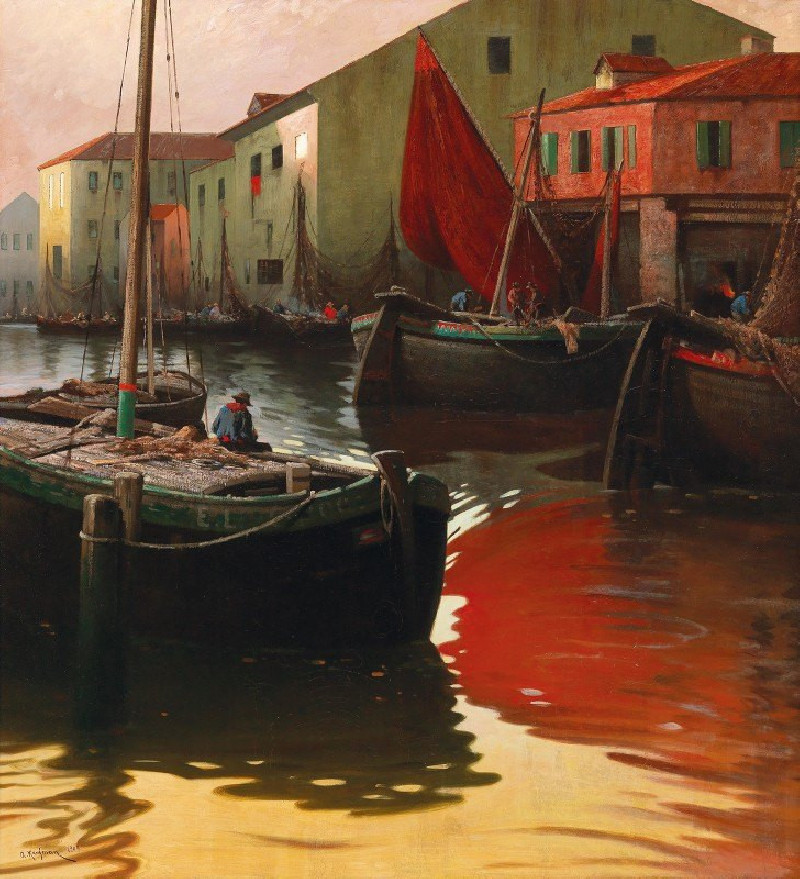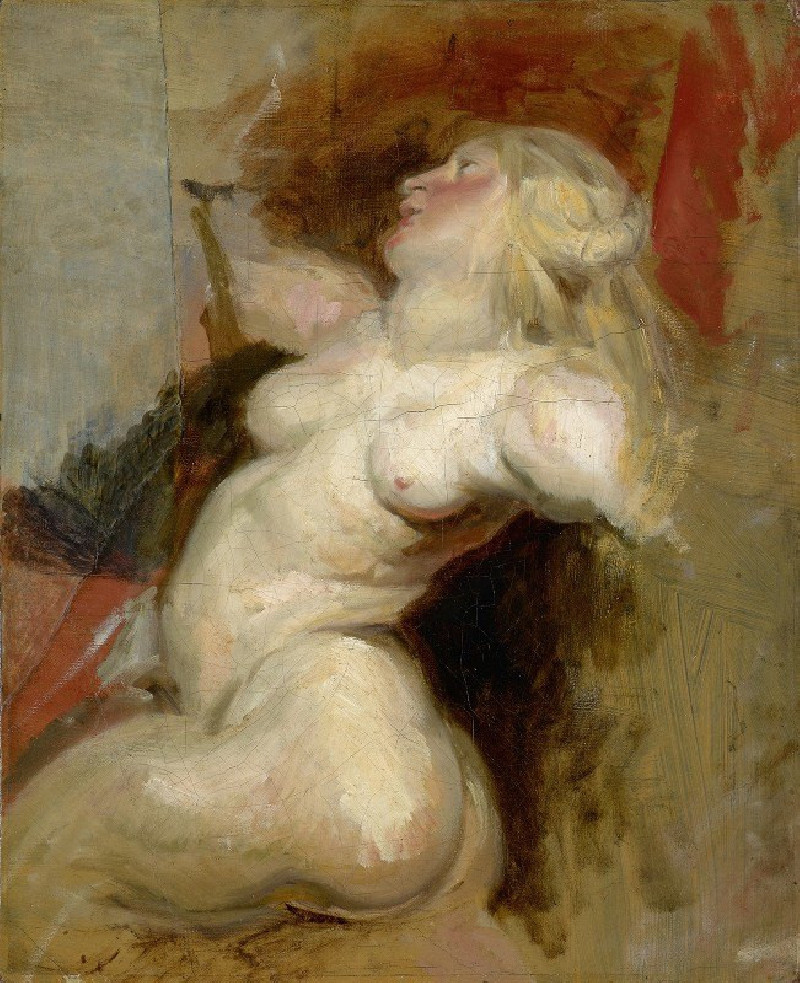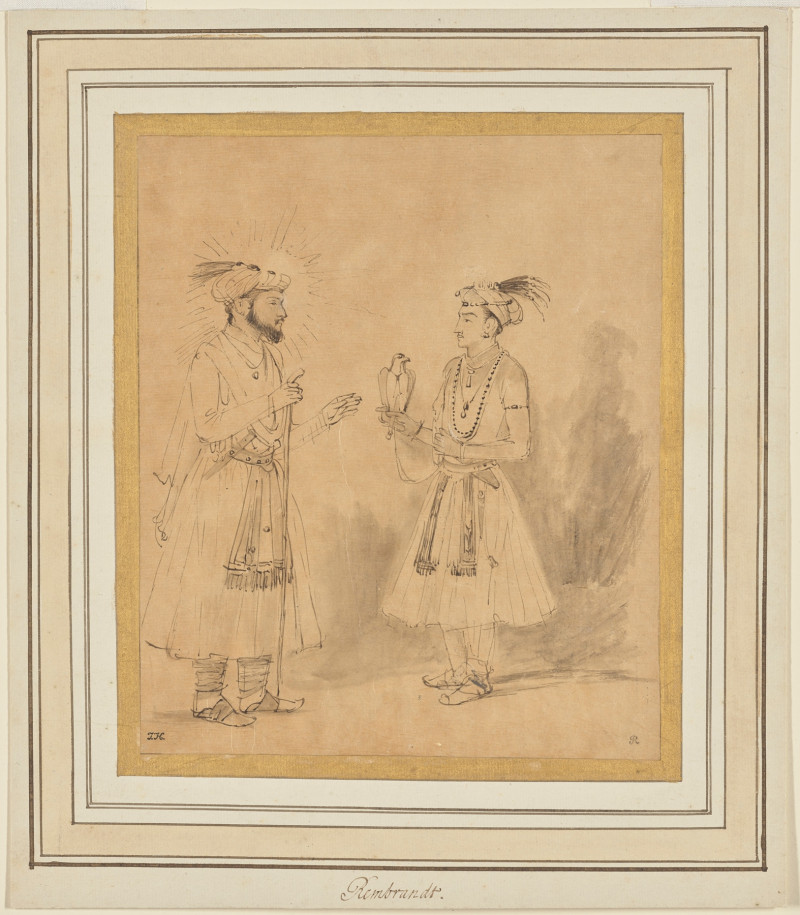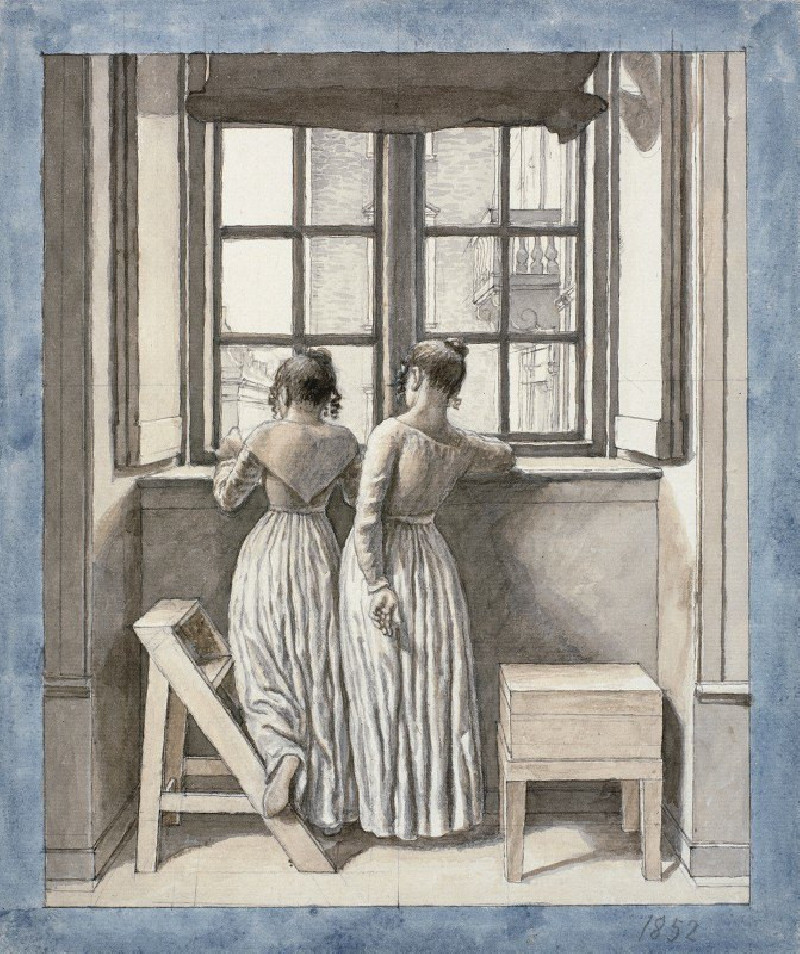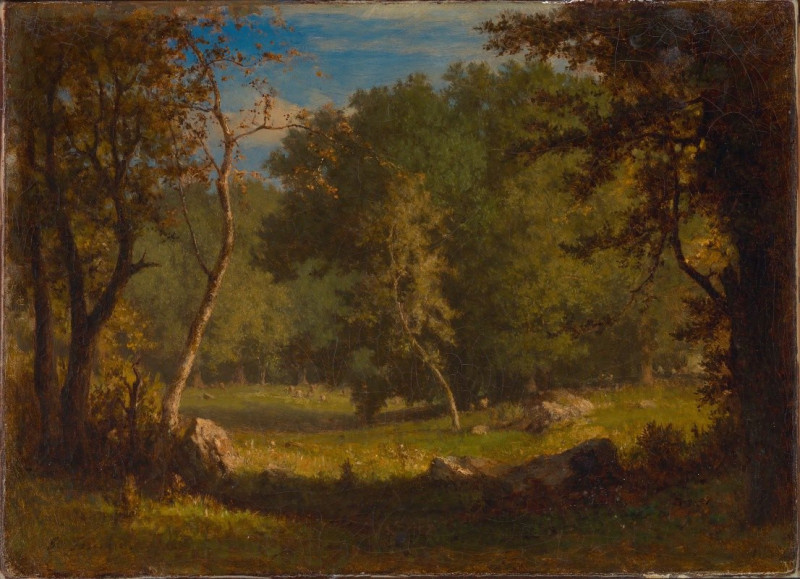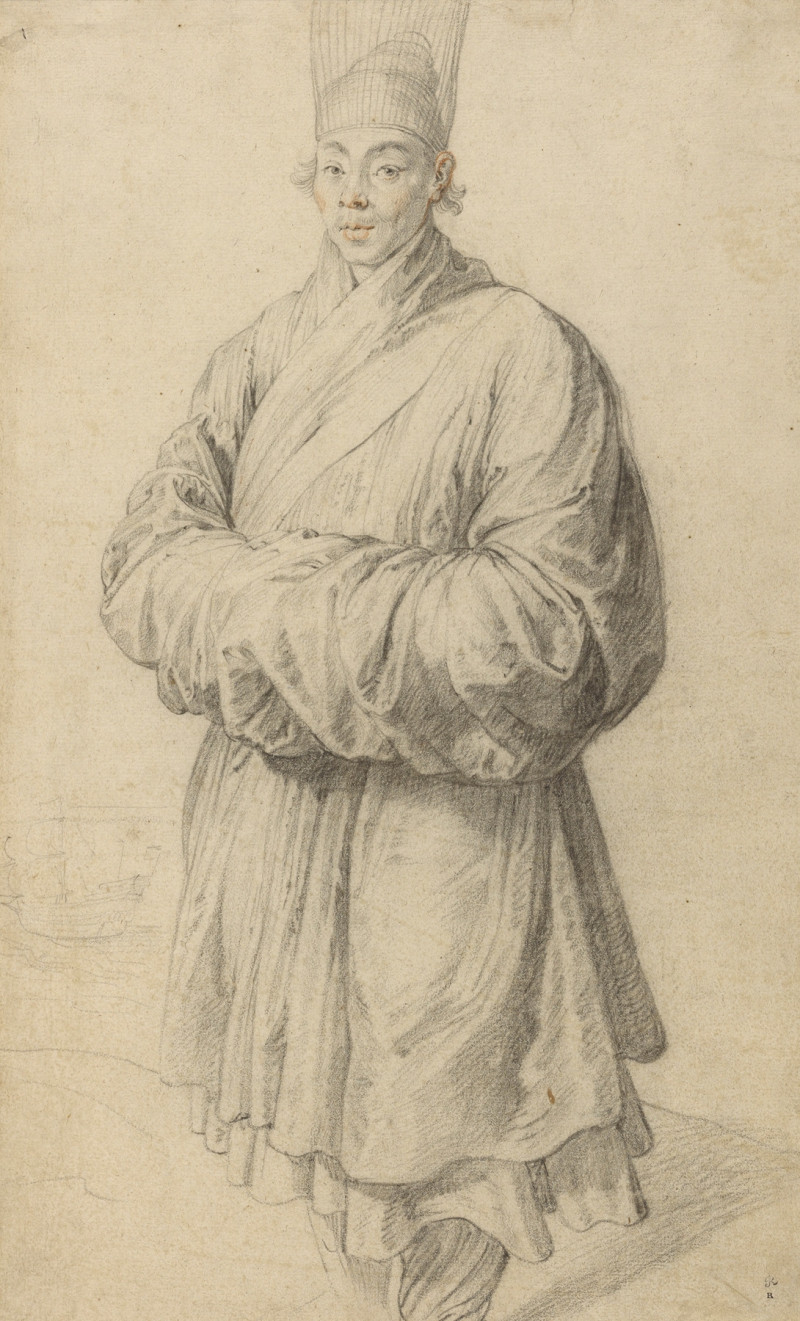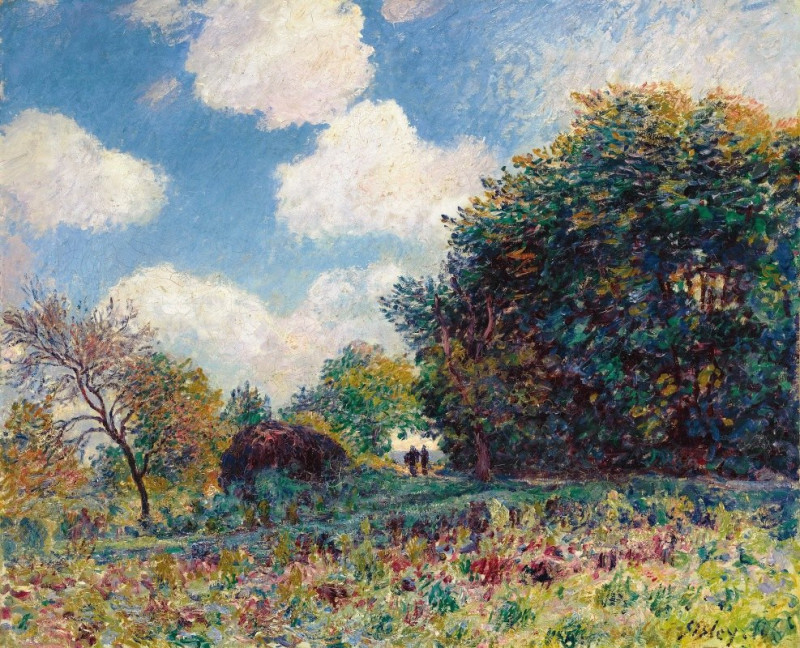Children of the sea (1863)
Technique: Giclée quality print
Recommended by our customers
More about this artwork
The masterful oil painting "Children of the Sea" by Jozef Israëls transports viewers to a serene coastal scene that captures the essence of childhood and the timeless connection to nature. This 1863 artwork uniquely portrays the innocence and curiosity of youth set against the backdrop of the vast sea, a common motif in Israëls’ work, reflecting a profound appreciation for the Dutch maritime landscape.The painting depicts two children engaged in play on a sandy shore. The focus is divided between a boy, seated, who intently maneuvers a small sailboat, symbolizing dreams and exploration. Next to him stands a girl, her arms crossed and her gaze contemplative, perhaps pondering her companion's actions or lost in her own thoughts about the sea’s expanse. Their traditional Dutch attire, with the girl wearing a long red skirt and a white cap, and the boy in earthy tones with a distinct blue cap, adds a cultural layer to the narrative, grounding them in their environment and in their heritage.Israëls' use of light underscores the temporal moment, with the gentle sunlight illuminating the children’s figures and casting delicate shadows, suggesting a fleeting innocence against the eternal flow of the sea in the background. The ocean, painted in calming shades of blue, contrasts with the warm tones of the beach, inviting contemplation of nature's dual character—both nurturing and formidable.Jozef Israëls, often associated with the Hague School, is renowned for such poignant depictions that do not just portray but evoke the feeling of scene and subjects.
Delivery
Returns
Jozef Israëls was a Dutch painter. He was a leading member of the group of landscape painters referred to as the Hague School and, during his lifetime, "the most respected Dutch artist of the second half of the nineteenth century".
He was born in Groningen, of Jewish parents. His father, Hartog Abraham Israëls, intended for him to be a businessman, and it was only after a determined struggle that he was allowed to embark on an artistic career. He studied initially from 1835 to 1842 at the Minerva Academy in his home town Groningen.

